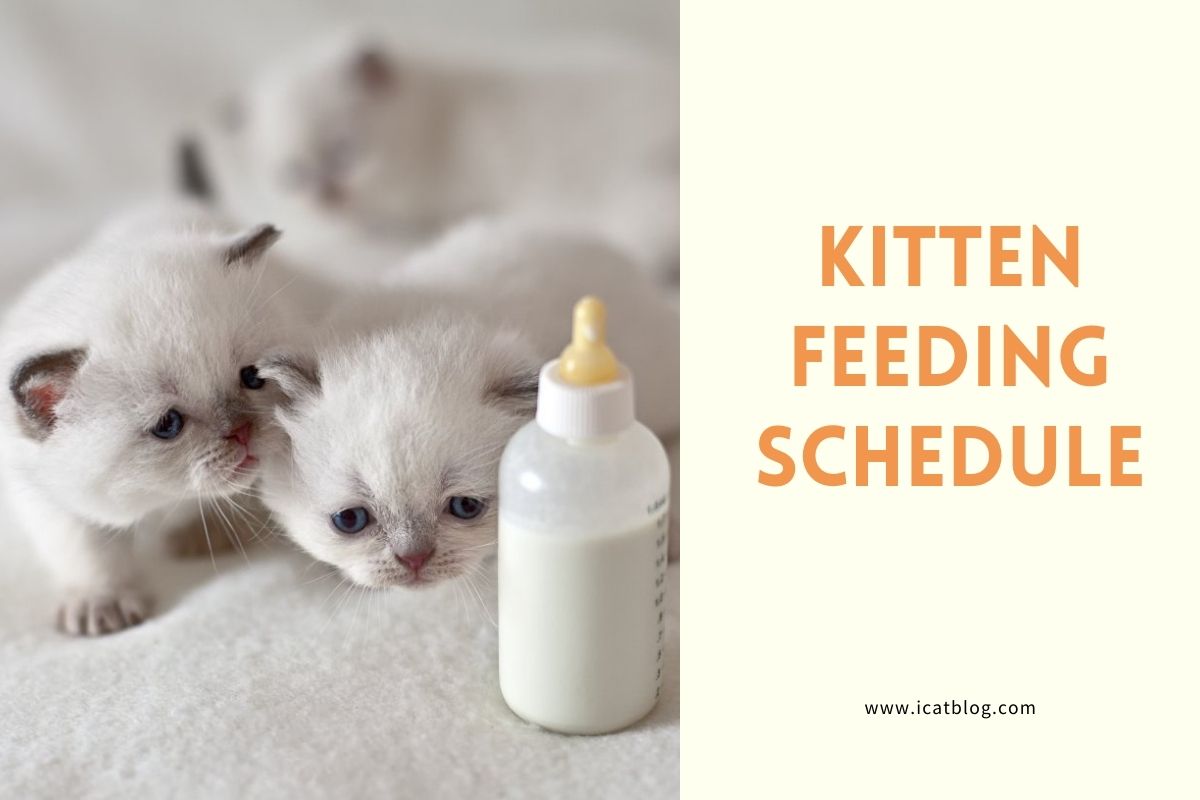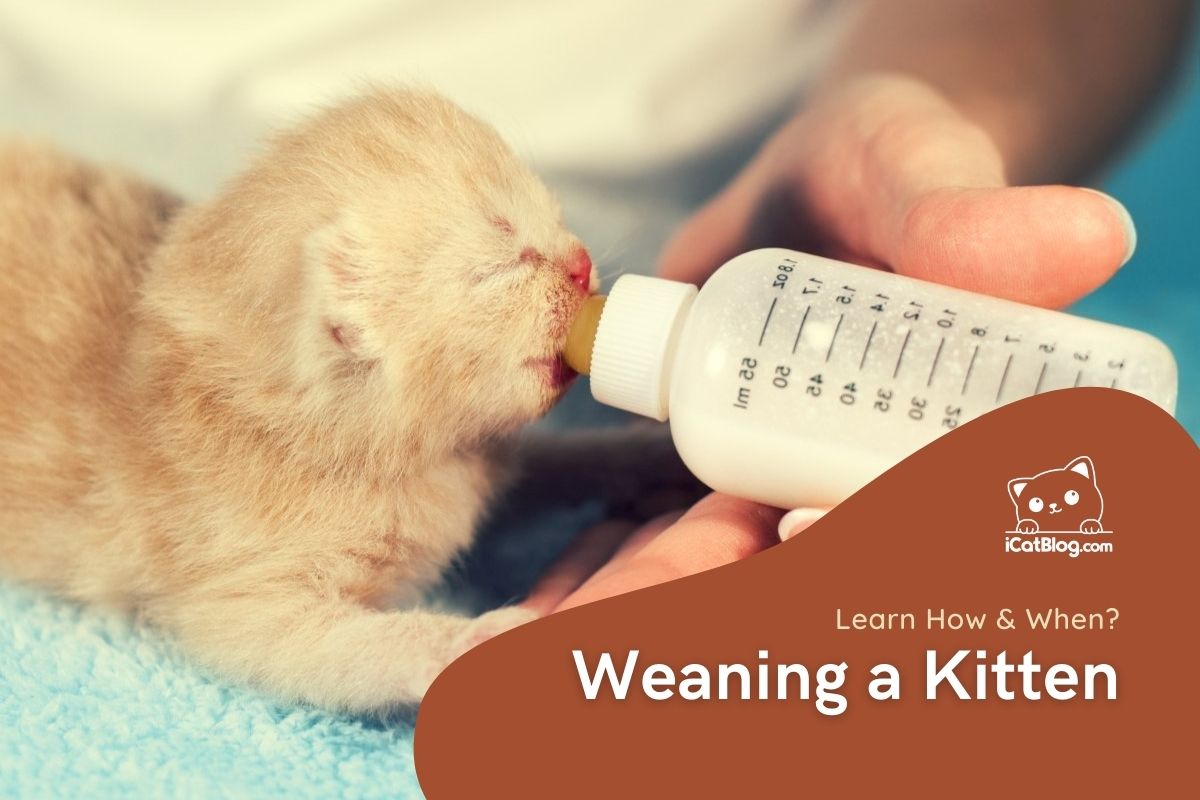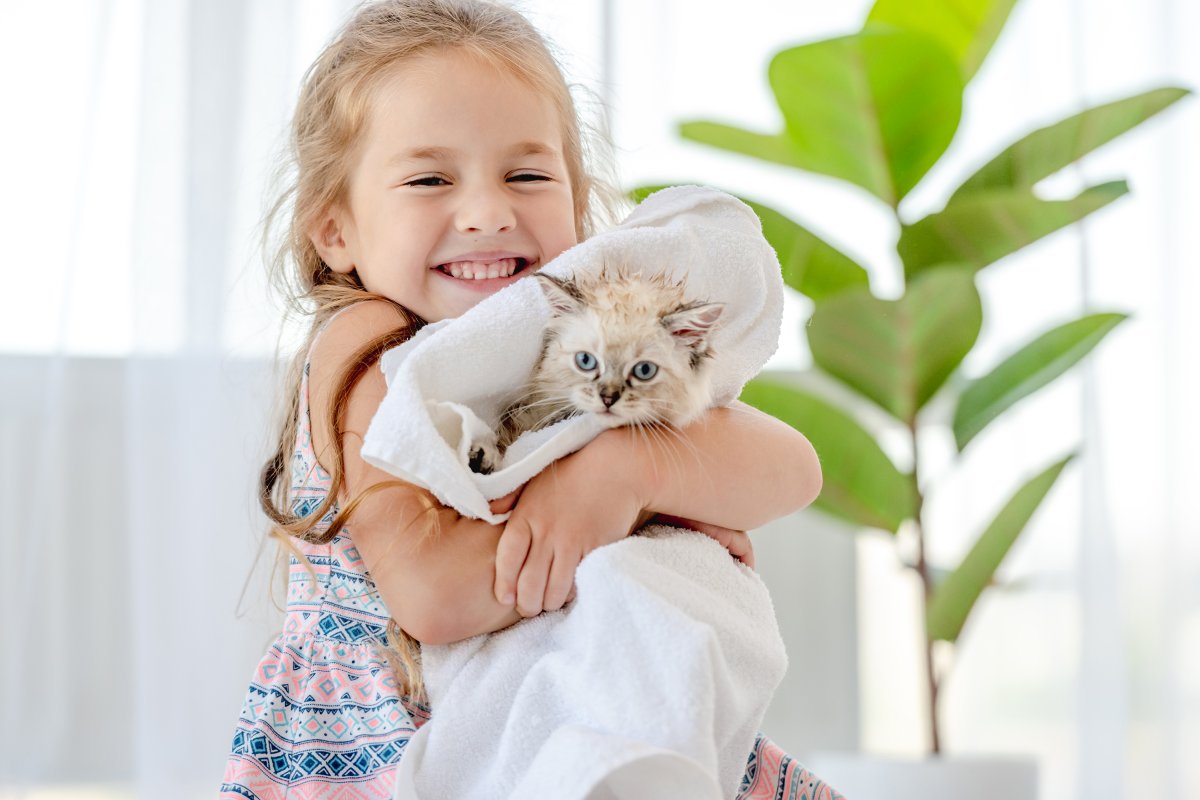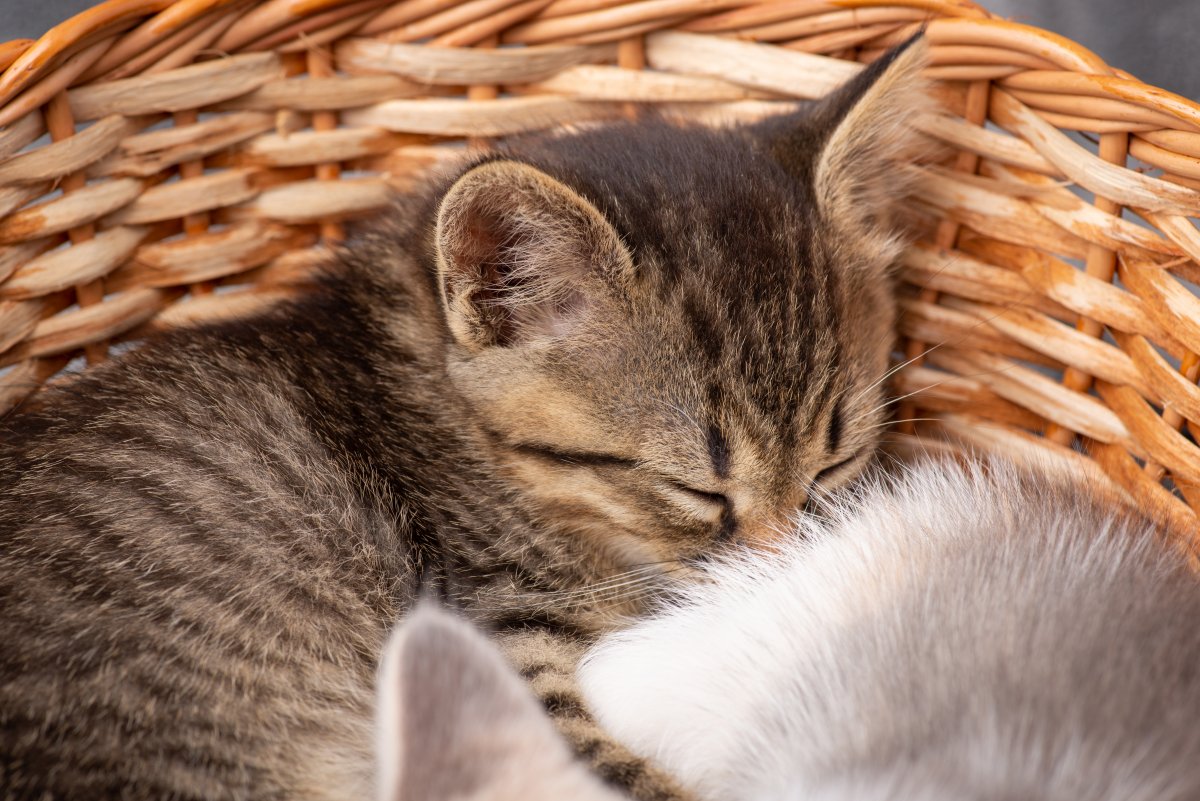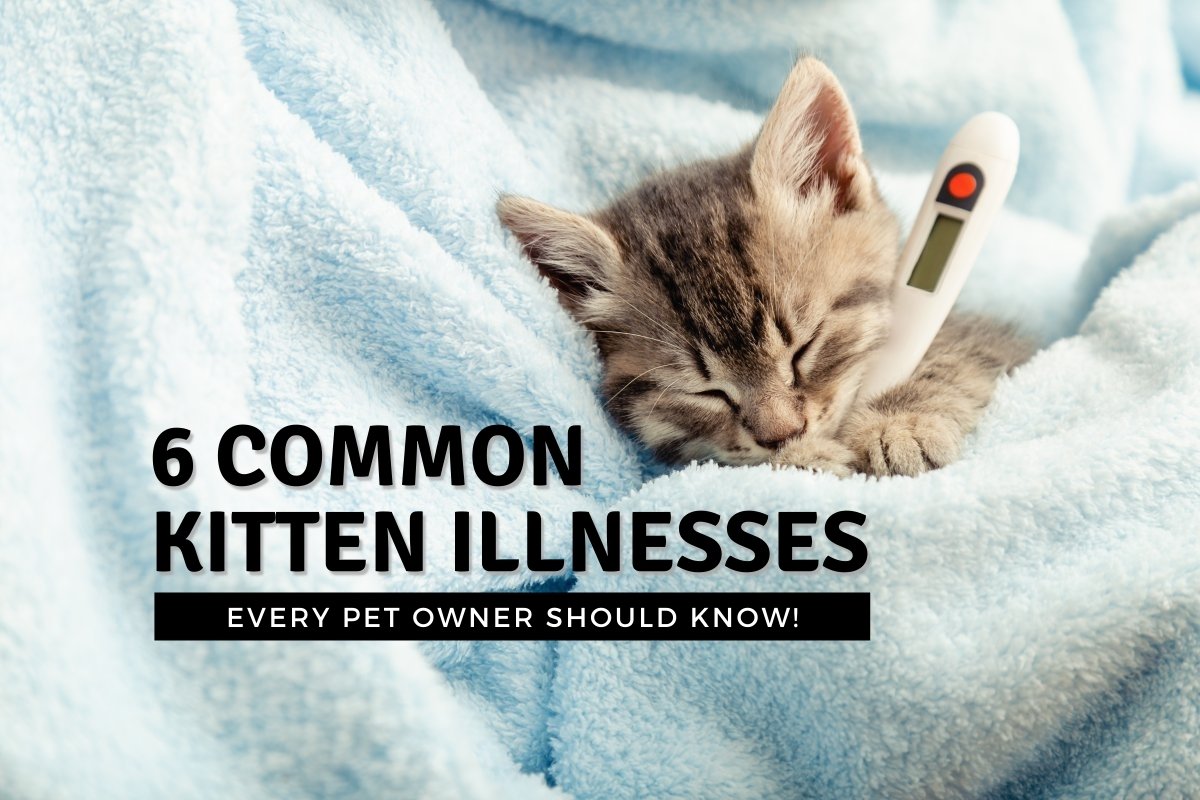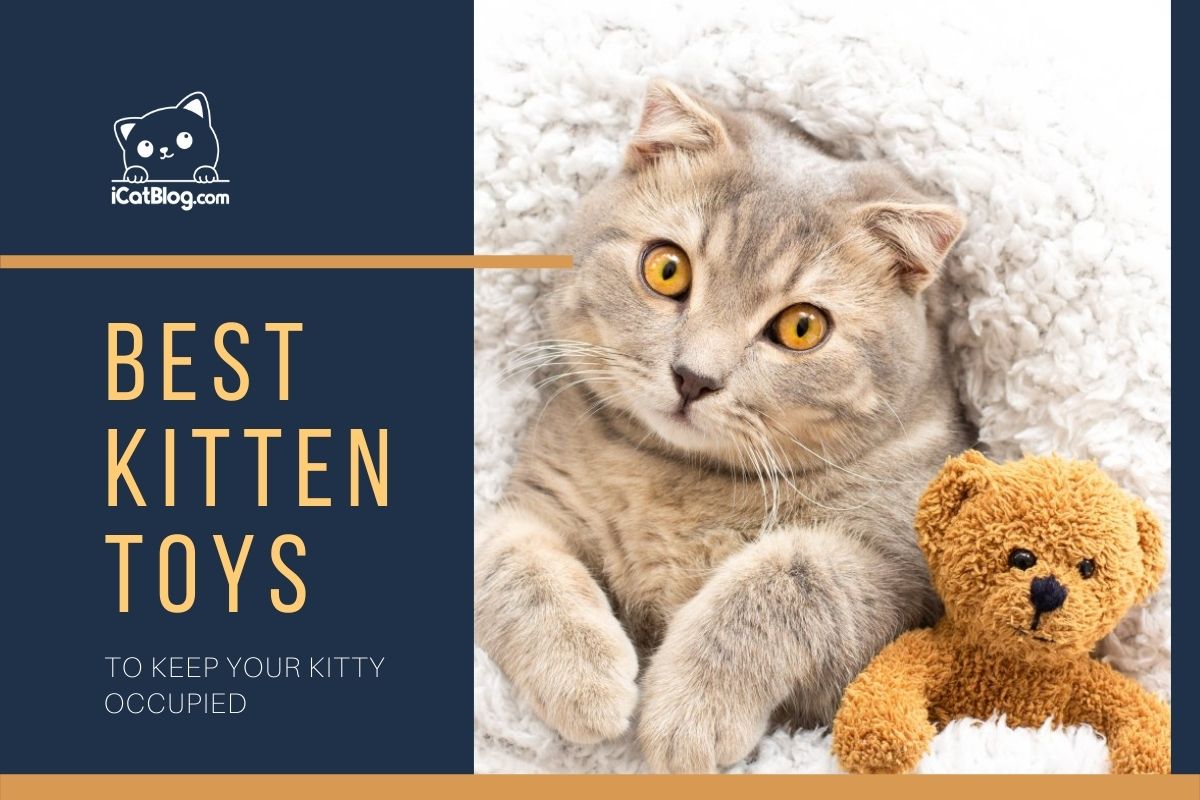When it comes to pets such as kittens, you have to pay close attention to their needs, such as playtime, food requirements, and overall health. Like humans, when a kitten is a newborn, they need liquid food and gradually shift towards eating solid foods.
It is important to note that cats have sensitive digestive tracts, meaning they cannot eat and digest all forms of liquid or solid food. In this article, we will be looking at how you could prepare a safe and healthy schedule for your kitten feeding.
Kitten Feeding Nutrient Requirements
Before you begin to feed your newly adopted or orphan kitten liquid food such as milk, baby food, or solids, you must be aware of all the nutrients the kitten needs during that particular state they are in.
For instance, when talking about kitten feeding, you should ensure that your kitten consumes at least 35-40% of protein for optimal growth. Besides protein, you should also ensure that your kitten consumes fats, carbohydrates, minerals, and vitamins in balanced proportions during the kitten’s feeding time.
Many cat owners do not know this, but kittens can be lactose intolerant, so feeding them milk every day may potentially harm their stomach lining and cause secondary issues such as diarrhea, vomiting, and severe sickness, leading to a decline in health.
Birth to Four Months of Age
During your kitten’s initial stages in life, your kitten needs all sorts of antioxidants to build a strong and effective immune system so that it can easily fight off any disease or germs. If your kitten is being brought up without its mother, then it is advisable that you gradually start kitten feeding with commercial kitten milk.
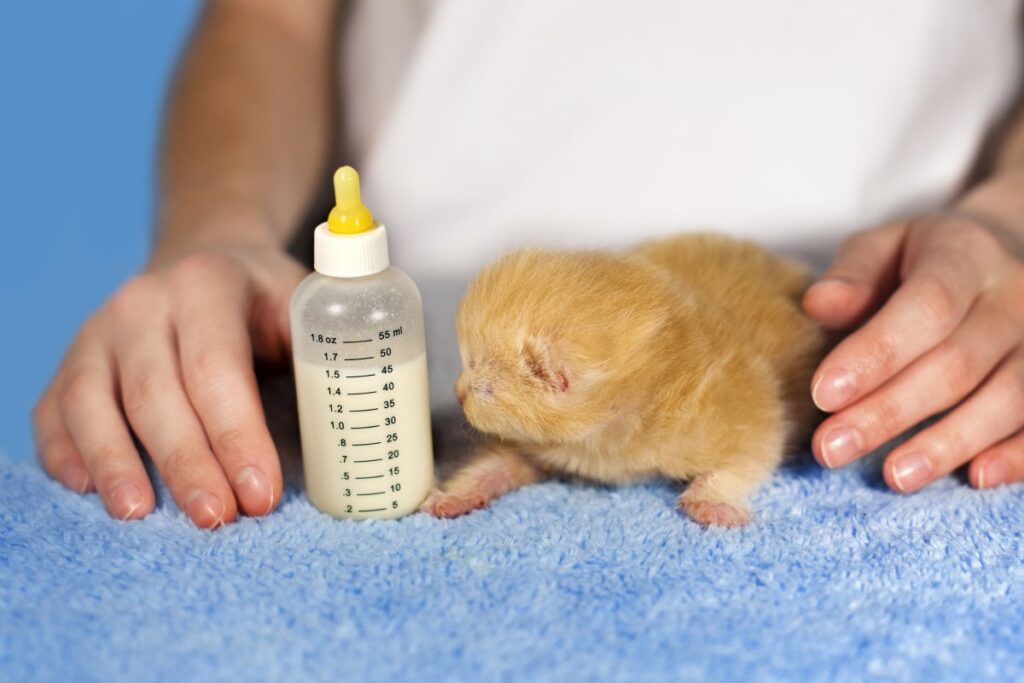
The kitten milk replacers are available in many convenient options and contain the same nutrients that the kitten would get from its mother during kitten feeding time. Some of them have been formulated to be closely matched mother’s milk, and some even have enhanced formulas with the addition of prebiotics.
When kittens are newly born, they need nutrients from their mother for up to four weeks. If their mother is not around, they could potentially die, so that is why you should prepare beforehand. If you are unsure where to get kitten milk replacement for kitten feeding, you could visit your local vet shop and ask them.
Setting Up a Feeding Schedule
Unlike grown-up cats, kittens need to eat multiple times throughout the day to ensure that it is met with all the nutrients they need to grow and function properly. When creating a schedule, you have to pay close attention to your schedule and ensure that the kitten feeding time is not skipped during its initial stages.
You should try to feed your kitten until you can feel its belly being full, at which you should stop and allow him to rest. After your kitten reaches four to five weeks, you can slowly start incorporating kitten food with the milk so that its stomach can get used to it.
As time progresses, you can gradually decrease the ratio of milk replacer and increase proper kitten food and water. At this stage, kitten feeding should not be a problem to you as it will develop a habit and will not miss out on its food when it feels famished.
Checkups with Vets
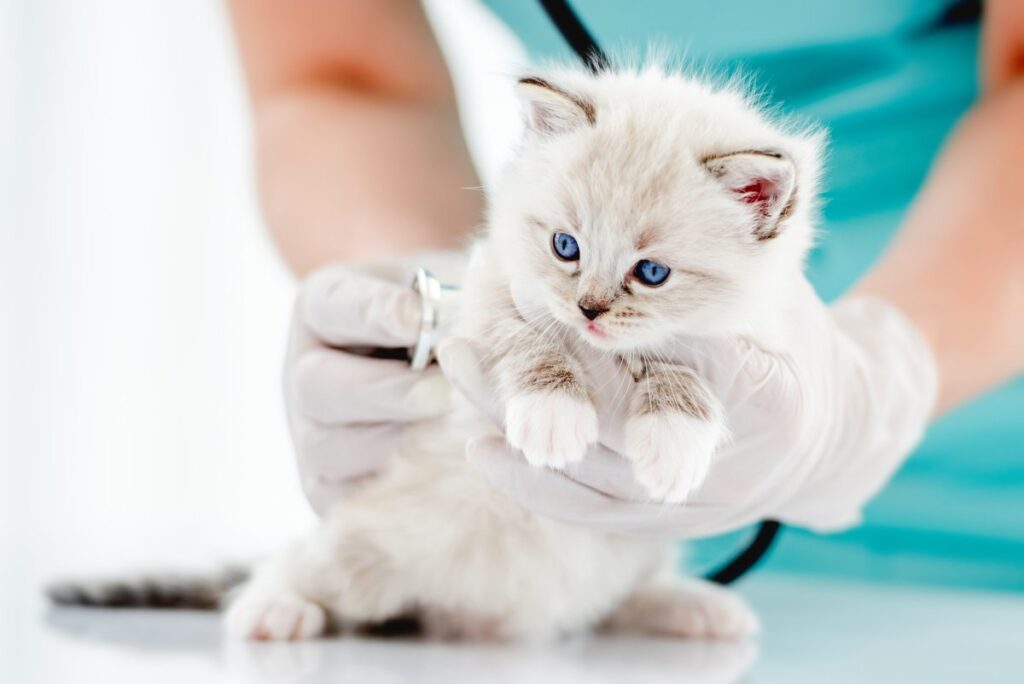
As your kitten enters eight weeks, you should visit your local and professional veterinarian, who will guide you and schedule vaccinations. This is an extremely crucial stage where kittens could develop diseases and problems, so you should get your kitten vaccinated.
Many cat owners neglect a visit to their veterinarian as they feel that their kittens are met with all the nutrients and requirements it needs to grow. However, this is not a safe option as this could result in a decline in health in cats, regardless of how effective the kitten feeding schedule is.
Choosing Kitten Food
One of the most essential things about kitten feeding is choosing the right brand of kitten formulated food to get all the nutrients it needs daily to grow healthy. Your kitten needs high levels of proteins that come from fish, chicken, tuna, salmon, beef, Cod, etc., as well as other requirements like vitamins of A, B, C, D, K, E, minerals like potassium, magnesium, nitrates, carbohydrates, and healthy fats such as Omega 3 and 6. These nutrients need to be balanced and proportioned so that they do not vomit or have diarrhea when you start kitten feeding.
Generally speaking, as your kitten reaches two months of age, you should begin to feed foods other than kitten formulated milk. Many owners choose to prepare homemade food for their cats, and although it is not a bad thing, it is not advisable to rely on homemade food mainly because a homemade diet can be low in nutrients like calcium or healthy fats.
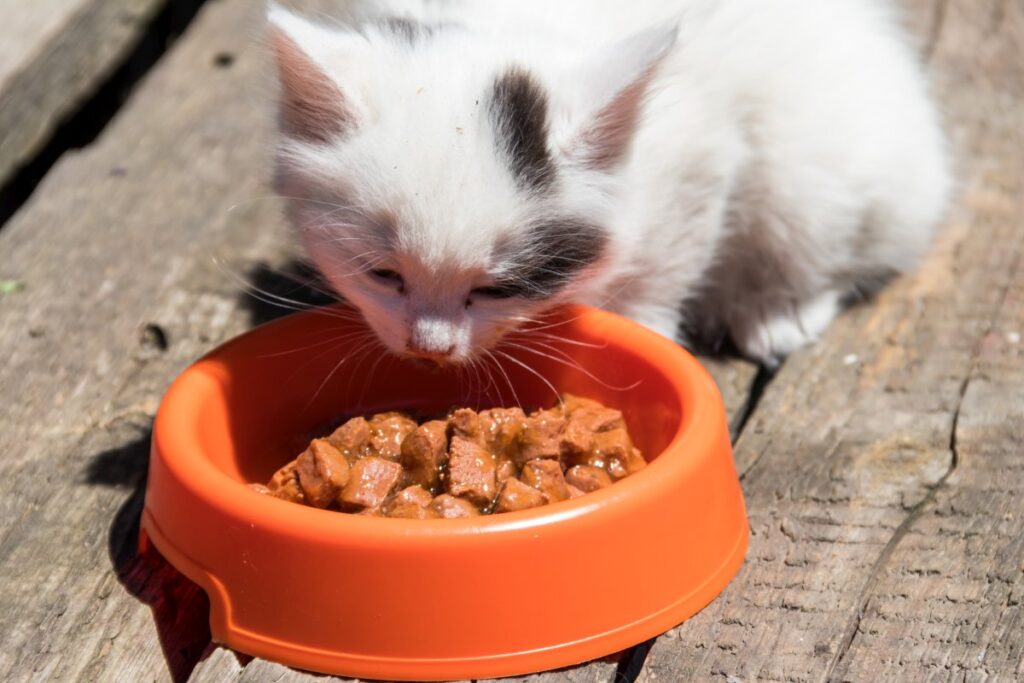
Switching Kitten Feeding Foods
When you have maintained a tour kitten feeding schedule, you can safely start changing different flavors and brands of kitten food. As mentioned before, kittens are pretty sensitive to changes in their appetite. So you have to make sure that they are not eating different forms of food such as wet treats, canned foods, and solids at the same time. It is worth mentioning that you want to take everything gradually when shifting from one kitten food to another.
When the kitten food is coming to an end, this is the right time to start incorporating new flavored food into the old one until the old food is finished. This allows your kitten to get familiar with new brands and flavors of kitten food. Hence they will enjoy its kitten feeding time.
Conclusion
So that is all that you need to know when it comes to a kitten feeding schedule. You have to make sure that your kitten is met with all its ethical and beneficial requirements to grow properly.

